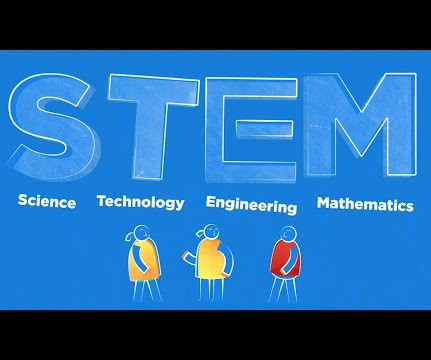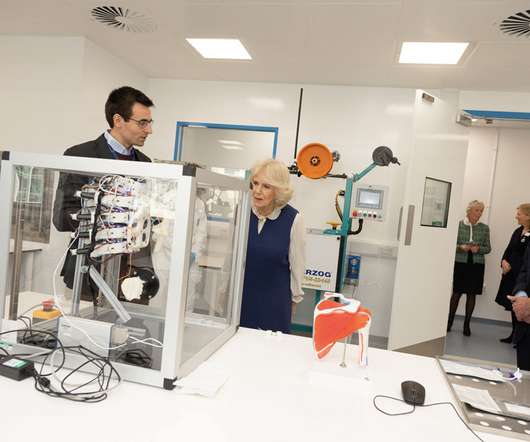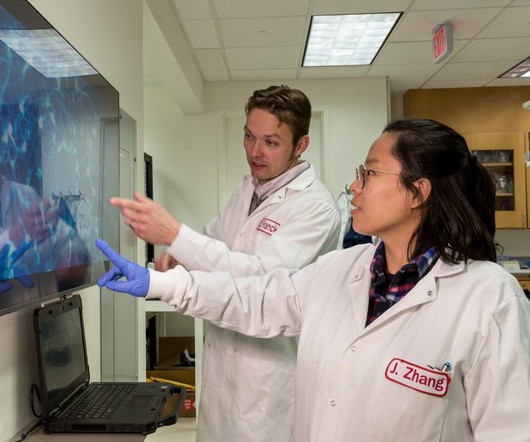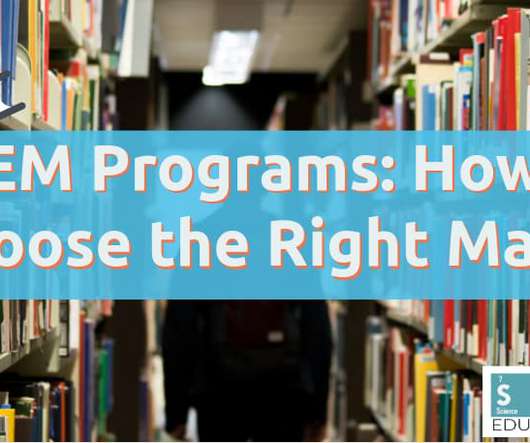Decoding STEM: What Does the E in STEM Stand For?
STEM Education Shopping
AUGUST 26, 2023
Over time, the scope of STEM expanded beyond just science and mathematics to include technology and engineering. The integration of these disciplines recognized their interconnectedness and emphasized the importance of critical thinking skills, problem-solving abilities, and creativity.












Let's personalize your content